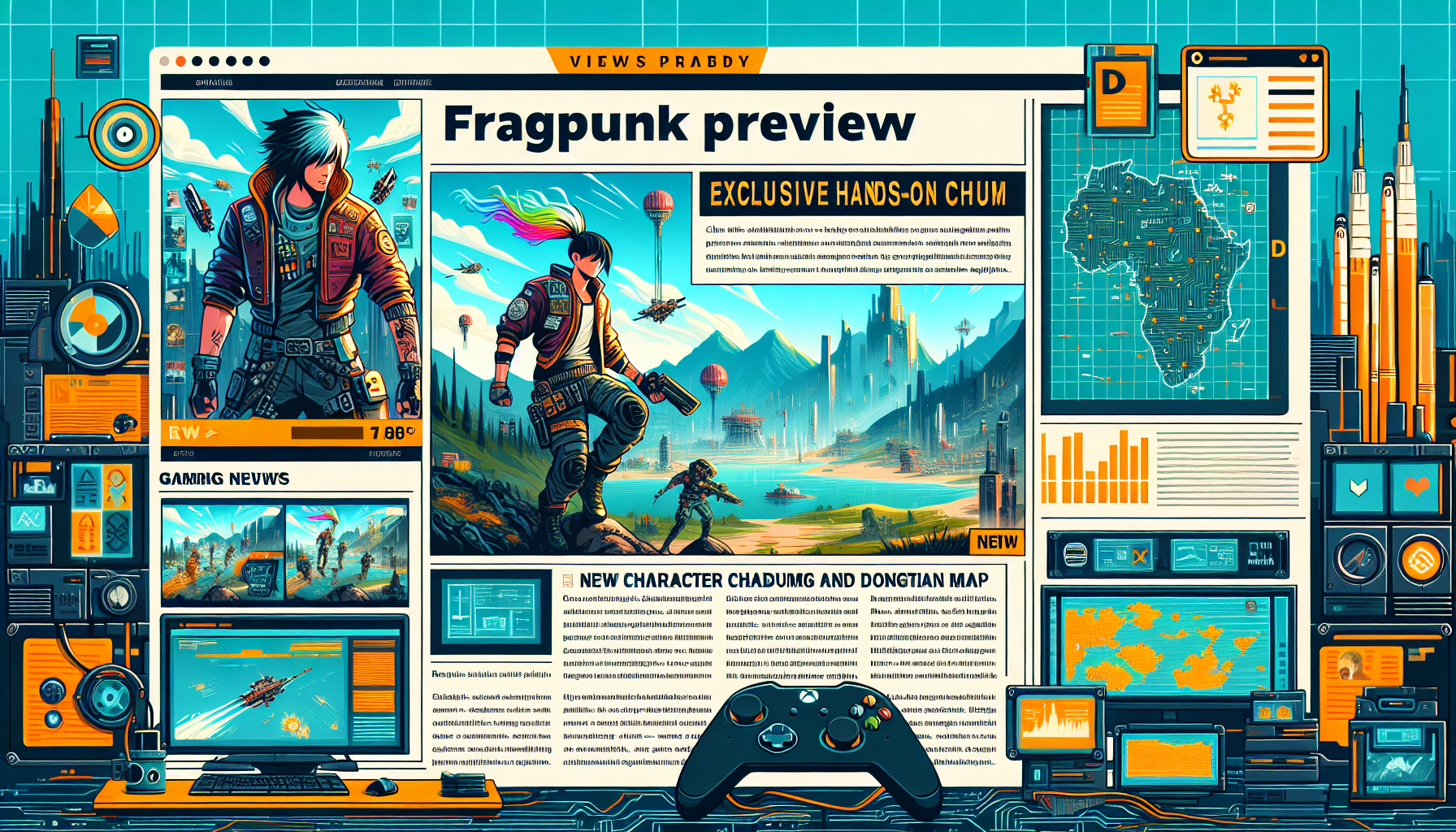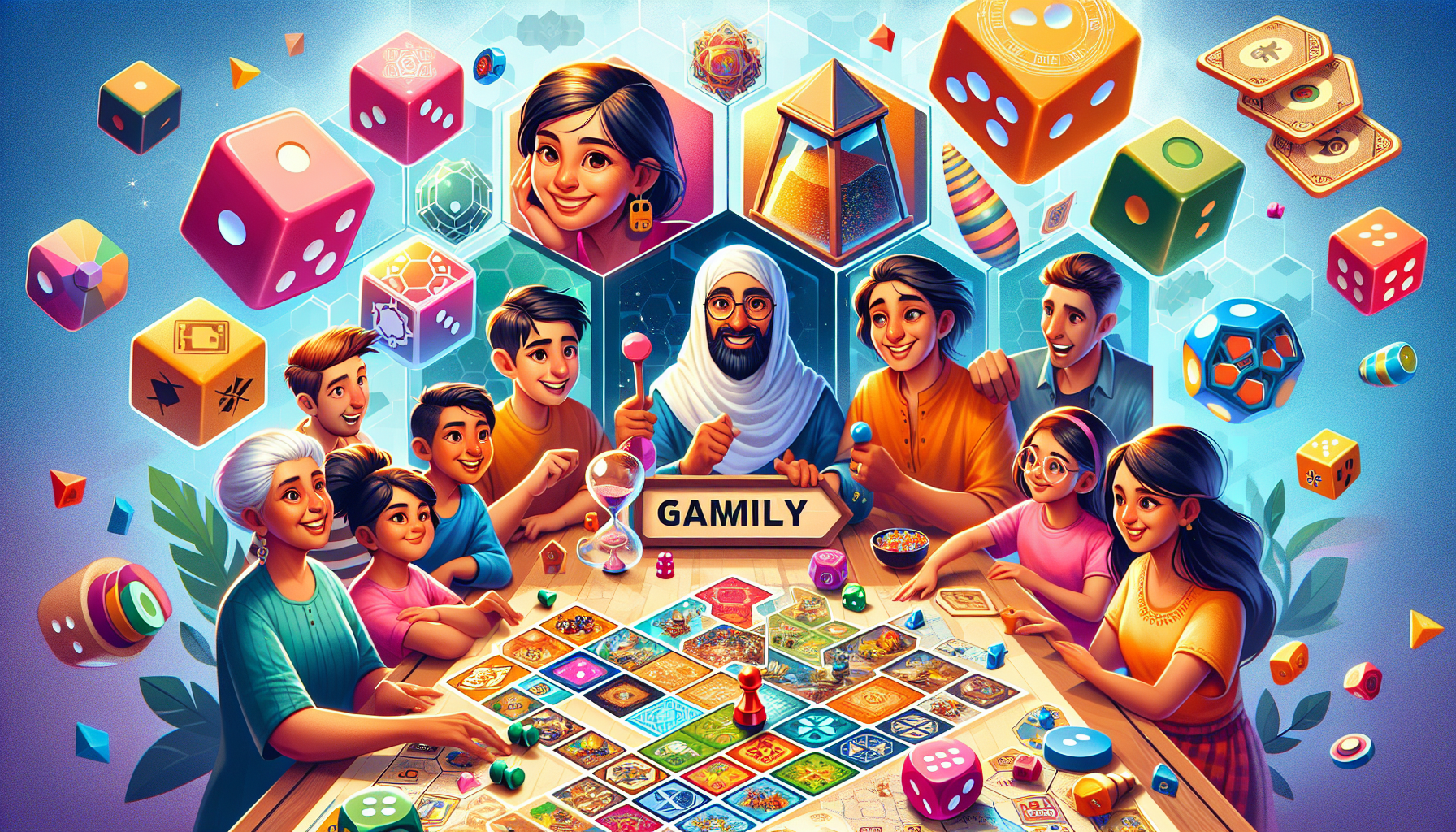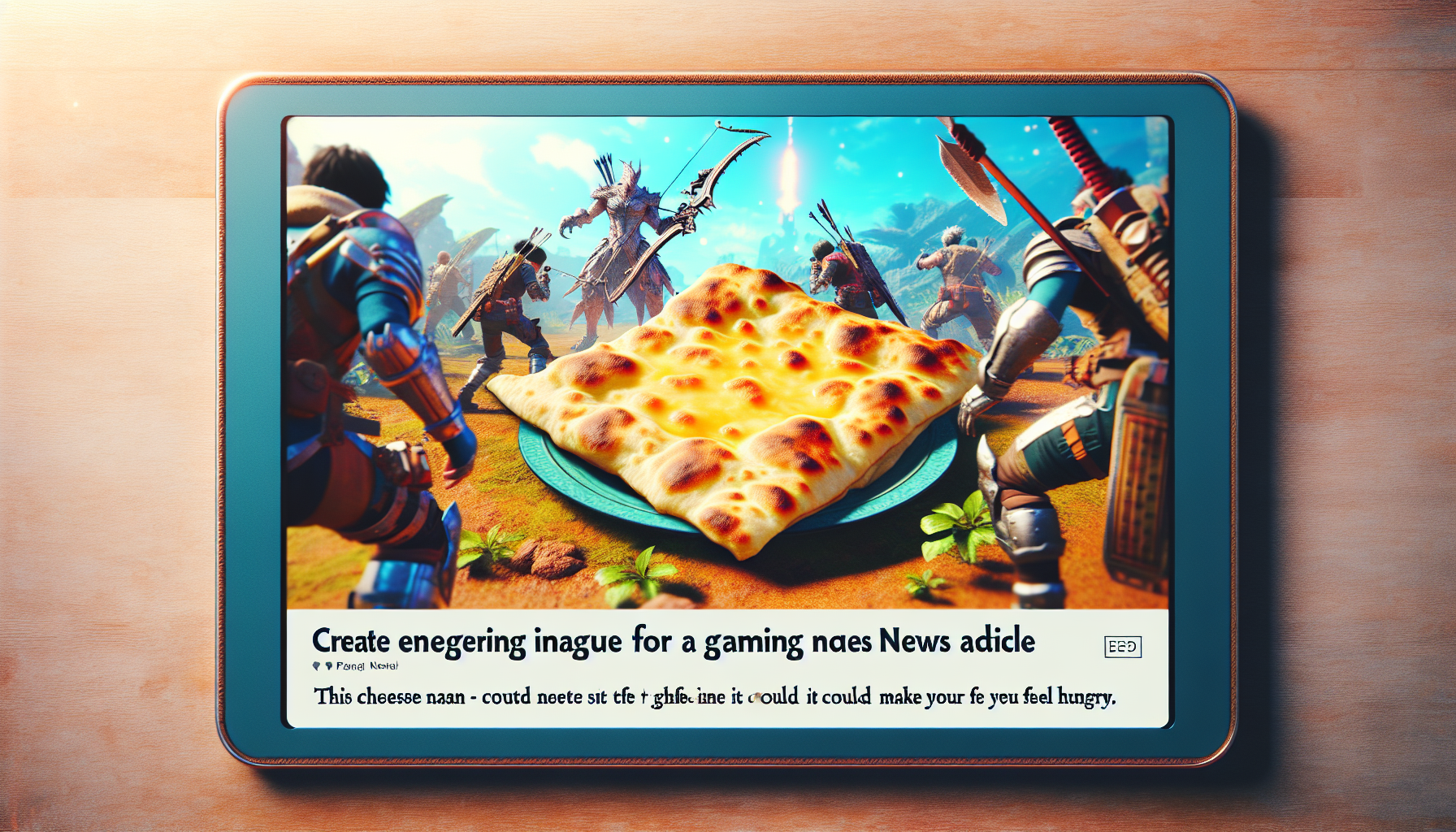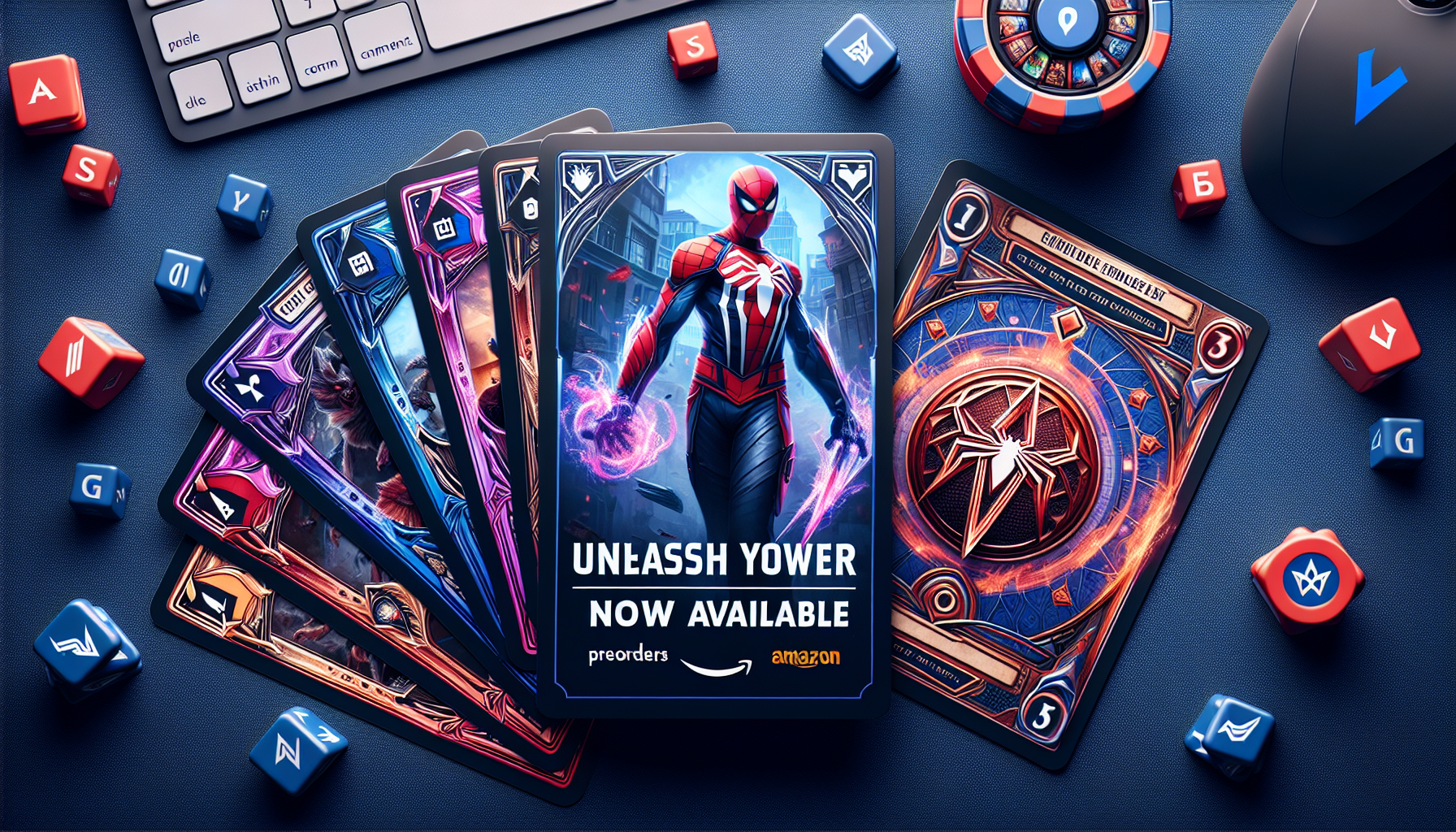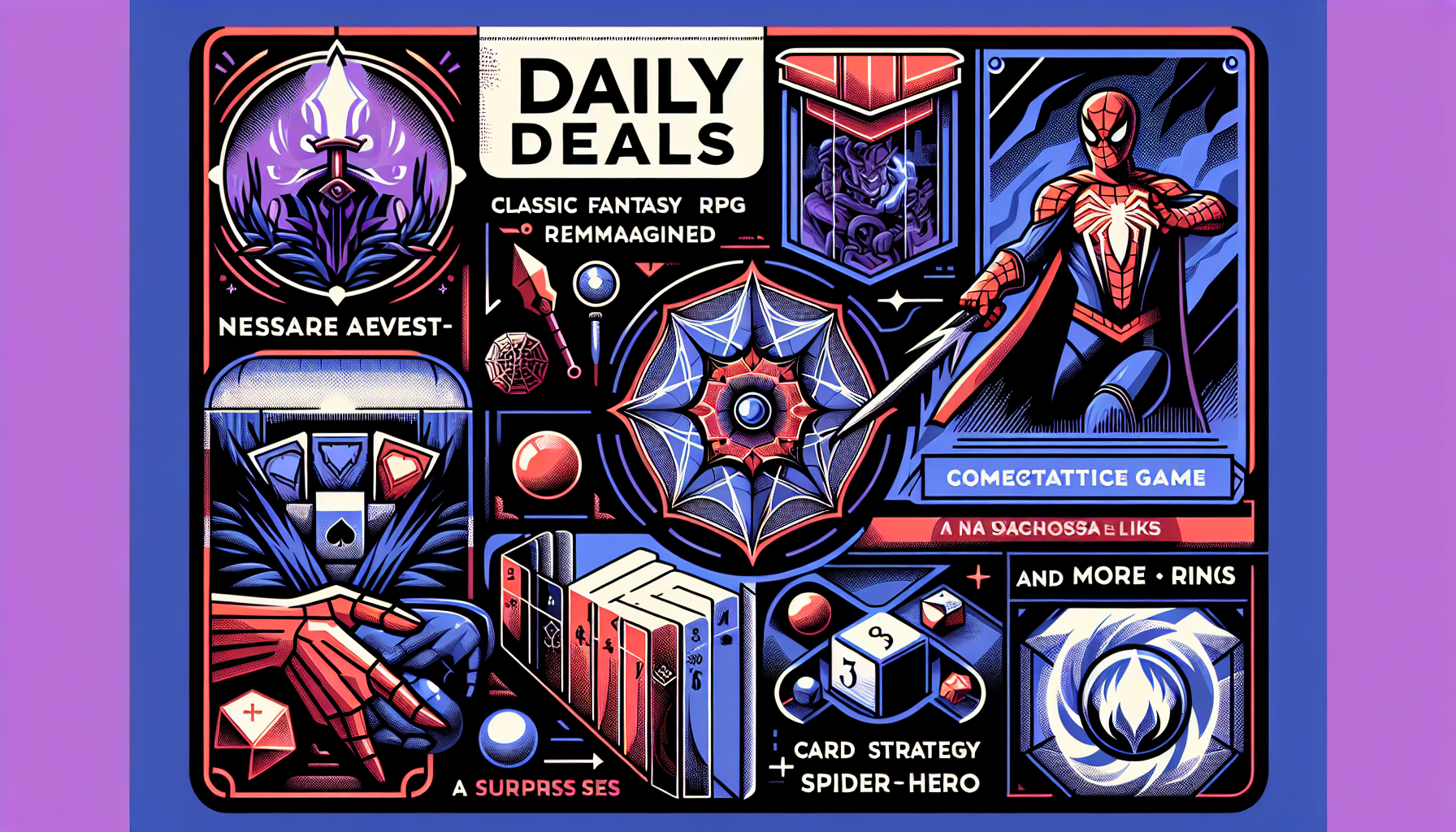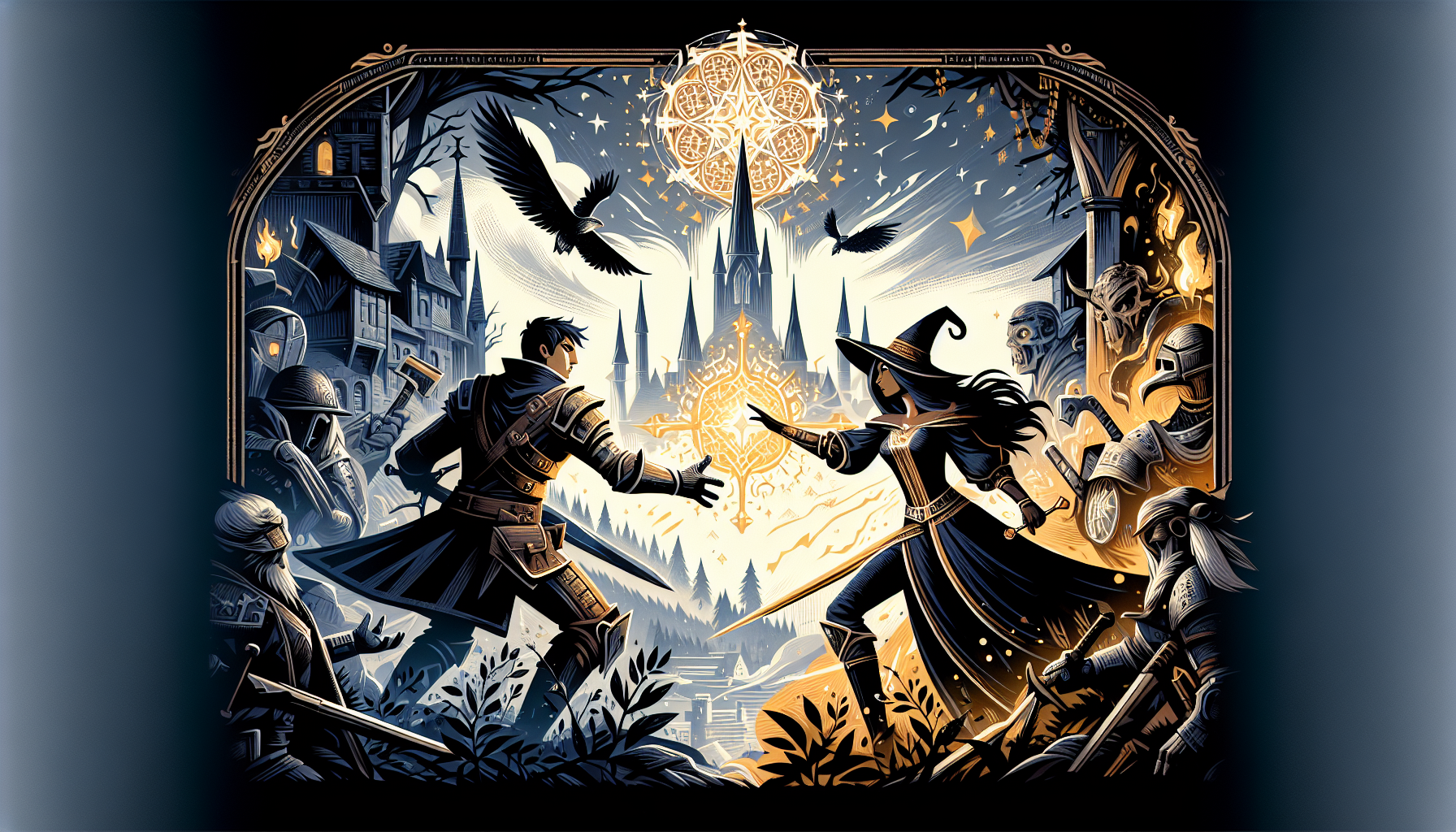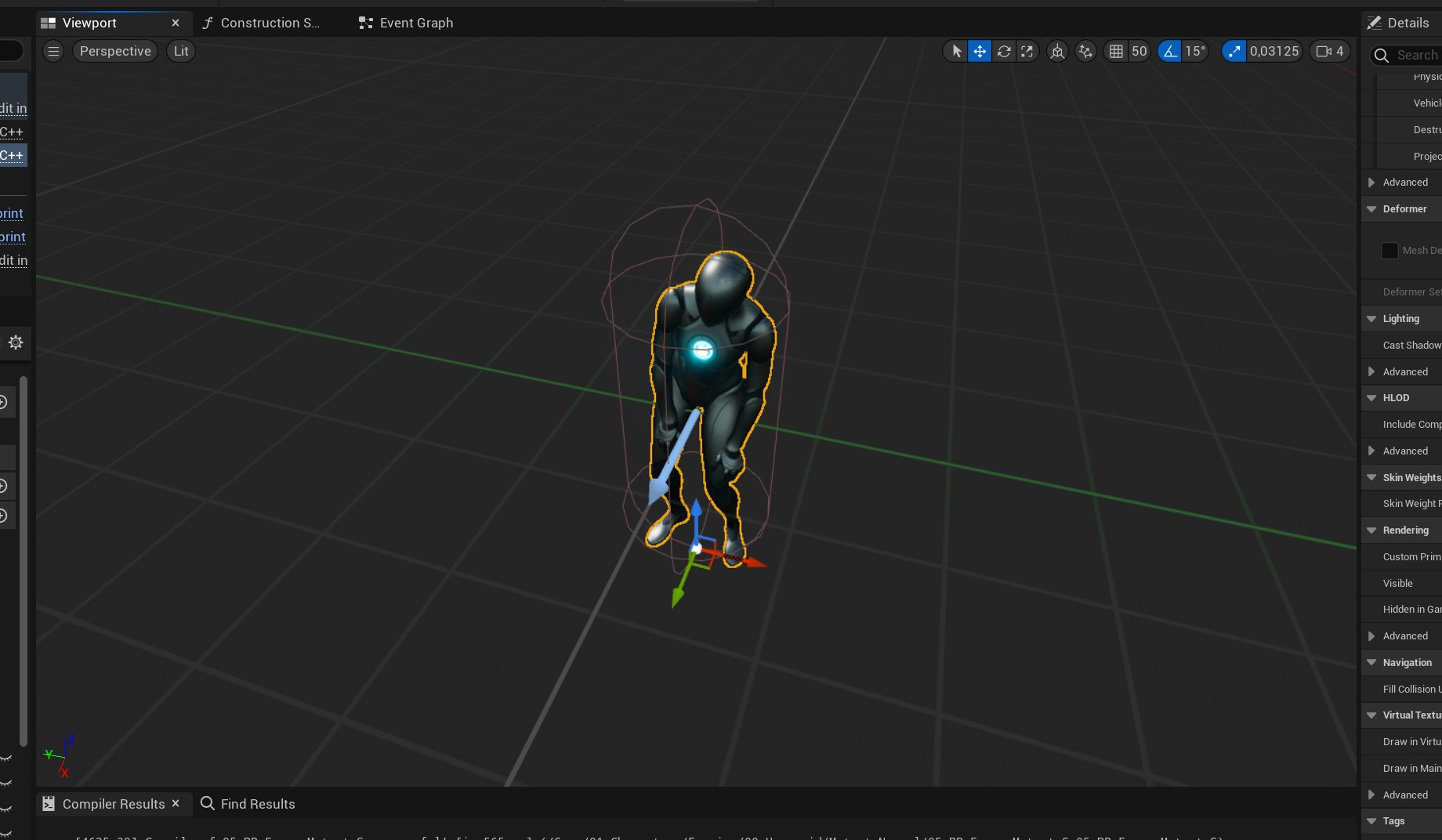Creating an immersive game audio design is a complex and creative task. Sound plays an essential role in building atmosphere, providing feedback, and enhancing the narrative. Here are some crucial categories that should be considered when designing game audio:
- Voice-Over: Voice acting in games is a pivotal part of the storytelling process. Characters spring to life with the right voice, delivering lines that can range from dramatic monologues to comedic quips. Voice-overs can provide vital narrative information, guide player action, and create emotional resonance, making the gaming experience more engaging and memorable.
- Sound Effects (SFX): Sound effects are the sonic responses to player actions. Each footstep, the clang of a sword, or the blast of a plasma gun creates real-time feedback that roots the player in the game world. They provide aural cues that give weight and authenticity to the characters’ interactions with the environment and each other.
- Environmental Sounds/Ambience: The soundscape of a game’s world is defined by its ambient sounds. The distant howl of a wolf, the gentle rustle of leaves in a forest, or the murmur of crowd in a city street, all paint an aural picture of the environment. They lend depth and realism to the game, making the world feel lived-in and dynamic.
- Music: The game’s score is the emotional undercurrent of the gaming experience. It amplifies the mood, enhances the rhythm of gameplay, and contributes to the thematic identity of the game. Whether it’s the soaring theme of an epic fantasy or the pulsing beat of a sci-fi shooter, music is the heart of the game’s soundscape.
- Foley: Foley is the art of creating everyday sounds that are added to the game in post-production to enhance audio quality. From the rustling of a knight’s armor to the subtle shuffling of cards in a poker game, foley brings a layer of acoustic detail that adds to the game’s sense of realism and tangibility.
- UI Sounds: UI sounds provide a tactile feel to player’s interactions with the game’s user interface. These can range from the satisfying click of a button to the ping of a notification. UI sounds make navigation intuitive and rewarding, while also enhancing the aesthetic and thematic feel of the game.
- Spatial Audio: Spatial audio creates a three-dimensional sonic environment that corresponds to the game world. By using sound direction and distance, it helps players perceive depth and positioning in the game space, enhancing immersion and providing tactical information in gameplay.
- Creature Sounds: For games featuring fantastical or alien creatures, creating distinct and believable sounds for these entities is crucial. These sounds can evoke a sense of wonder, terror, or fascination, and add to the richness of the game’s universe.
- Sound Design for Mechanics: Every game mechanic, from the collection of coins to the roar of a racing engine, needs a corresponding sound. These sounds are crucial in providing feedback, signifying the success or failure of actions, and making gameplay satisfying and responsive.
- Diegetic and Non-Diegetic Sounds: Both diegetic (sounds originating within the game world) and non-diegetic (sounds representing UI elements or dramatic emphasis) play essential roles in forming a comprehensive sound design. They help orient the player, provide important information, and build a layered, immersive soundscape.
Game audio design is a multifaceted discipline that contributes substantially to the overall gaming experience. By carefully considering each of these elements, game developers can create rich, immersive audio environments that players will love to explore.

